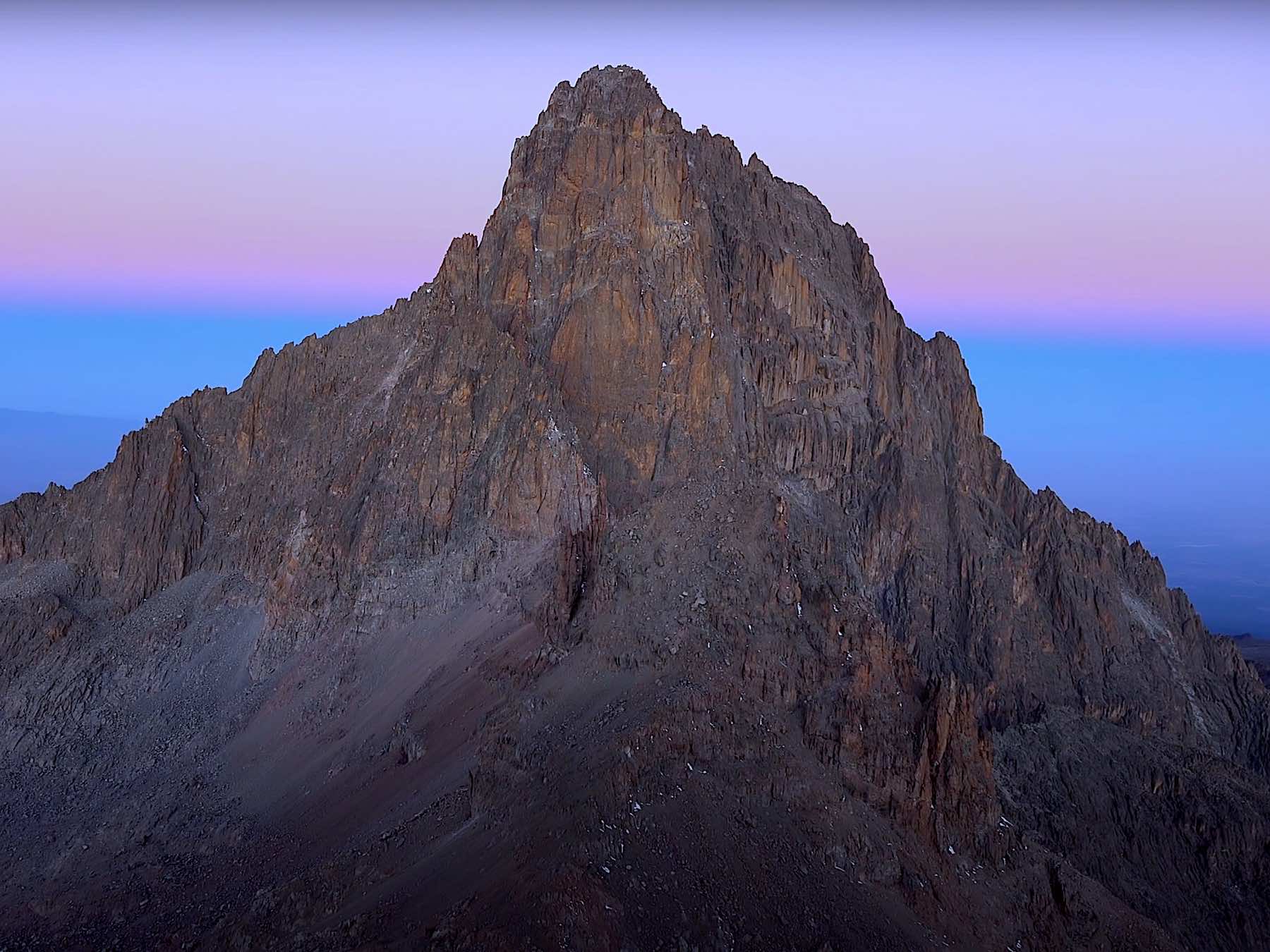- Guides
-
Climbs
-
Climb Elbrus
- Elbrus individually
- Elbrus from the South, 9 days
- Elbrus from the South, 7 days
- Elbrus from the South in 1 day
- Elbrus from the North
- Elbrus Two Summits
- Elbrus Traverse South to North
- Elbrus Traverse North to South
- Elbrus "Cross" from South
- Elbrus "Cross" from North
- Kazbek+Elbrus
- Elbrus from the West
- Elbrus by helicopter
- Elbrus holidays, 9 days
- Elbrus holidays, 7 days
- Elbrus by weekend
- Under 5000 m
- 5000+ meters
- 6000+ meters
- 7000+ meters
- 8000+ meters
-
Climb Elbrus
- Trekking
-
Adventures
- Tour to Morocco for New Year
- Morocco: Toubkal and the mysteries of the Sahara
- Peru: Ancient Inca culture
- Peru: Machu Picchu and Amazonia
- Brazil: Amazon
- Brazil: Pantanal, Iguassu, Rio
- Iran: Ancient Persia from Tehran to Isfahan
- Chile: from the Atacama to Tierra del Fuego
- Safari Tanzania
- Safari Kenya
- Safari Uganda
- Lycian way
- Bhutan, the Tour of Dragon Trails
- Useful
- About
Climbing Kenya

- Height (m)
- 5199
- Duration
- 7 days
- Difficulty
- Moderate
- Continent
- Africa
- Children
- From 14 years old
- Accomodation
- There are tents
Temporarily unavailable
Mount Kenya is considered to be the highest mountain in Kenya and the second highest mountain in Africa. Kilimanjaro is considered to be the first. The highest peaks are called Batian, Nelion, and Point Lenana. The mountain is located in the central part of the country a little south of the equator, one hundred and fifty kilometers northeast of Nairobi.
About the tour
Mount Kenya is considered to be a stratovolcano. It arose about three million years after the very emergence of the East African Rift. For thousands of years, the mountain has been covered by an ice cap. As a result, the mountain peaks have been eroded and now they have many valleys that diverge from the center. There are currently eleven glaciers on Mount Kenya. The mountain serves as the most important source of drinking water.
Interestingly, the volcano was discovered back in 1849 by the European Johann Ludwig Krapf. But it is worth saying that at that time the scientific community was extremely skeptical about his reports. In 1883, the existence of the mountain was confirmed. Four years later, the mountain was explored.
Starting from the foot and up to the very top of the mountain, you can find eight different natural zones. Many types of forests can be seen on the lower slopes. There are many endemic plant species here. Also in this area you can find such animals as giant lobelia, krestovnik, Cape daman, African red-tailed buzzard. And therefore, the Mount Kenya National Park was organized around the center of the mountain. In 1997, the park was included in the UNESCO World Heritage List. More than fifteen thousand tourists come here every year.
Climb Kenya
Day 1. Meeting at Nairobi airport in the morning. Transfer to the village of Chogoria (3 hours), visit the market, lunch, transfer by four-wheel drive jeeps to the Meru huts.
Day 2. Transfer to the Niti Gate, visit the waterfalls and George Valley.
Day 3. Climbing the ridge to the camping Karst Lakes of Khol. The camp offers a great view of the peaks of Kenya and Lake Michaelson.
Day 4. Transfer to the karst lake Squear, then through the upper hut to the “American” camp, located in the uppermost clearing in the Teleki Valley, under the Southern Wall of the city.Kenya. The ascent to the top of Lenan can be made from here from the north or from the south, depending on the state of the route.
Day 5. The “Circle around the Peaks” runs along several beautiful karst lakes, after which we reach Shipton Camp under the Northern Wall of Mount Kenya.
Day 6. Descent along the Strymon route to the Judmier camp, to the upper border of the forest.
Day 7. Continue the descent to the Sirimon Gate and wait for transport. Transfer to Nairobi. Hotel.
Day 8. Departure.